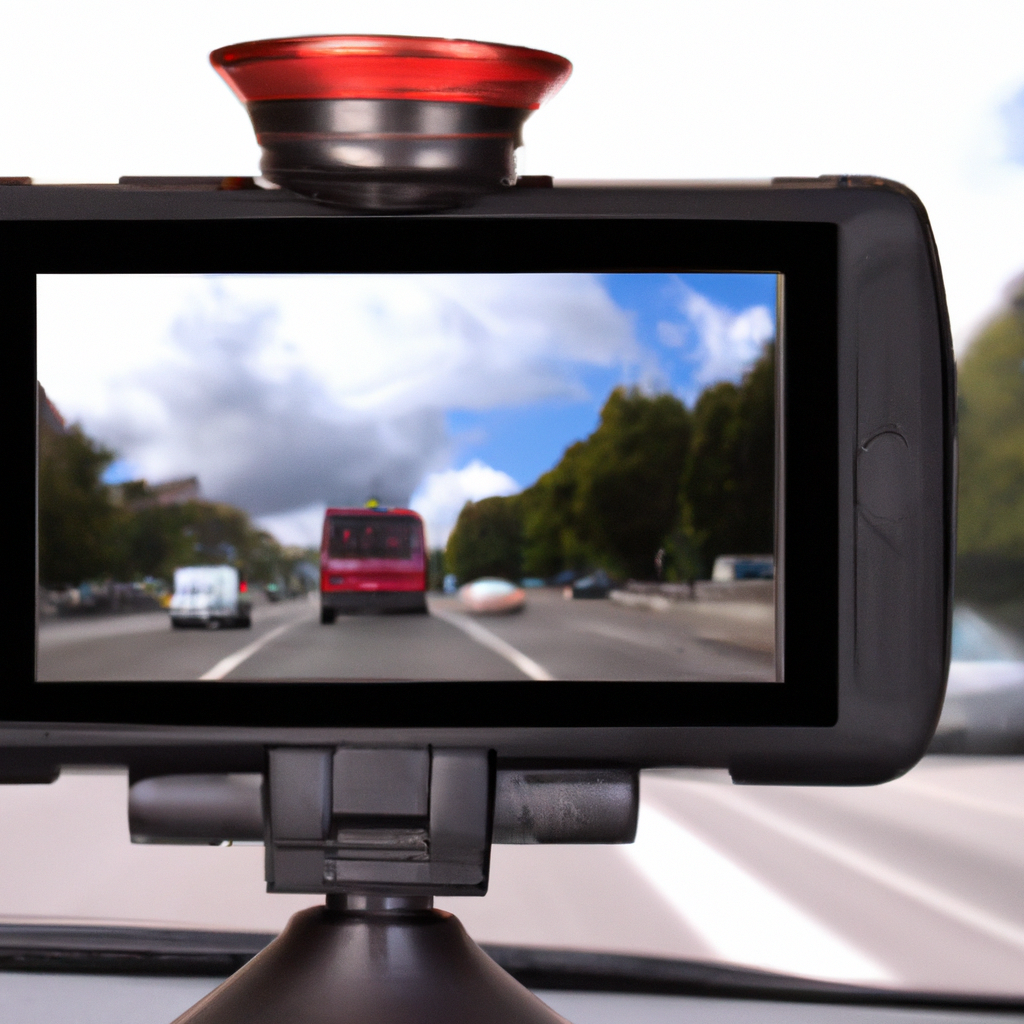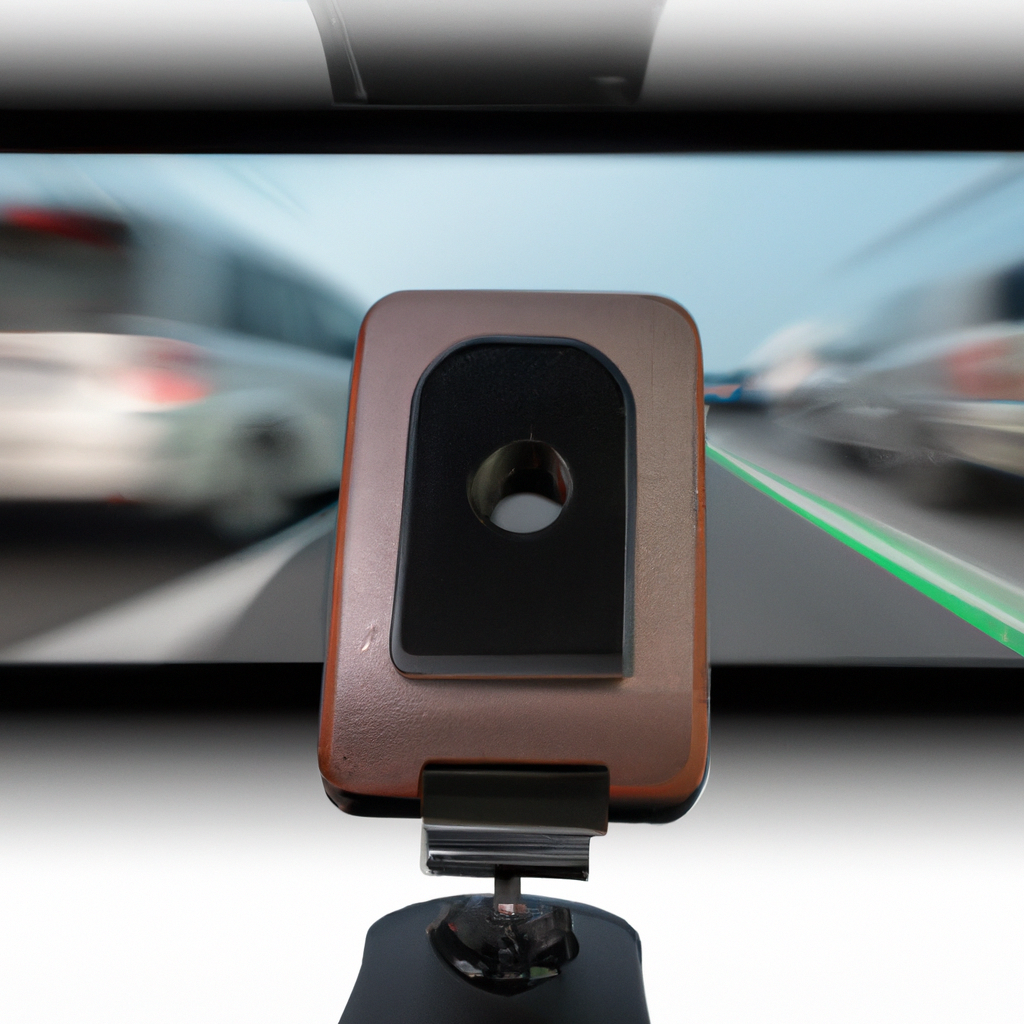-
Table of Contents
- Introduction
- How Dashcam Footage Can Be Used as Evidence in Court
- The Pros and Cons of Using Dashcam Footage as Evidence in Court
- What to Consider Before Using Dashcam Footage as Evidence in Court
- How to Ensure Dashcam Footage Is Admissible as Evidence in Court
- The Legal Implications of Using Dashcam Footage as Evidence in Court
“See it to Believe it: Dashcam Evidence in Court”
Introduction
Dashcams are becoming increasingly popular as a way to record and document events while driving. But can a dashcam be used as evidence in court? This article will explore the legal implications of using dashcam footage as evidence in court. We will look at the types of cases where dashcam footage may be used, the legal requirements for using dashcam footage as evidence, and the potential benefits and drawbacks of using dashcam footage in court.
How Dashcam Footage Can Be Used as Evidence in Court
Dashcam footage can be used as evidence in court, as it can provide an accurate and impartial record of events. Dashcam footage can be used to corroborate witness testimony, or to provide evidence that contradicts it. It can also be used to provide evidence of a crime or accident, or to prove that a driver was not at fault.
Dashcam footage can be used to provide an accurate record of events, as it captures the events as they happen. This can be especially useful in cases where there are conflicting accounts of what happened. Dashcam footage can also be used to provide evidence of a crime or accident, as it can capture the events leading up to the incident.
Dashcam footage can also be used to prove that a driver was not at fault in an accident. Dashcam footage can provide evidence of a driver’s speed, braking, and other driving behaviors that may have contributed to the accident. This can be especially useful in cases where the other driver is claiming that the accident was the fault of the dashcam driver.
Dashcam footage can also be used to corroborate witness testimony. Dashcam footage can provide an accurate record of events that can be used to verify or refute witness testimony. This can be especially useful in cases where there are conflicting accounts of what happened.
In order for dashcam footage to be used as evidence in court, it must meet certain criteria. The footage must be clear and of good quality, and it must be relevant to the case. Additionally, the footage must be authenticated, meaning that it must be verified as being genuine.
In conclusion, dashcam footage can be used as evidence in court, as it can provide an accurate and impartial record of events. Dashcam footage can be used to corroborate witness testimony, or to provide evidence that contradicts it. It can also be used to provide evidence of a crime or accident, or to prove that a driver was not at fault. In order for dashcam footage to be used as evidence in court, it must meet certain criteria.
The Pros and Cons of Using Dashcam Footage as Evidence in Court
Dashcam footage has become increasingly popular as a form of evidence in court proceedings. While it can be a useful tool for providing an accurate account of events, there are both pros and cons to using dashcam footage as evidence in court.
The primary benefit of using dashcam footage as evidence in court is that it can provide an unbiased account of events. Dashcam footage is typically recorded from a fixed position, meaning that it does not have any bias or preconceived notions about the events that it records. This can be especially useful in cases where there are conflicting accounts of what happened. Dashcam footage can provide an objective record of events that can be used to help determine the truth.
Another advantage of using dashcam footage as evidence in court is that it can provide a more detailed account of events than other forms of evidence. Dashcam footage can capture events in real-time, allowing for a more comprehensive understanding of what happened. This can be especially useful in cases where there are multiple parties involved or where the events occurred over a long period of time.
However, there are also some drawbacks to using dashcam footage as evidence in court. One of the primary issues is that the footage can be difficult to interpret. Dashcam footage is often recorded from a fixed position, meaning that it can be difficult to determine the exact context of the events that it records. This can make it difficult to accurately assess the events that occurred.
In addition, dashcam footage can be easily manipulated. It is relatively easy to edit or alter dashcam footage, meaning that it can be difficult to determine if the footage is an accurate representation of events. This can make it difficult to rely on dashcam footage as a reliable source of evidence in court.
Overall, dashcam footage can be a useful tool for providing an accurate account of events in court proceedings. However, it is important to consider the potential drawbacks of using dashcam footage as evidence in court before relying on it as a primary source of evidence.
What to Consider Before Using Dashcam Footage as Evidence in Court
When considering the use of dashcam footage as evidence in court, there are several important factors to consider. First, it is important to ensure that the footage is legally obtained. In some jurisdictions, it may be necessary to obtain a warrant before using dashcam footage as evidence. Additionally, it is important to ensure that the footage is of sufficient quality to be used as evidence. The footage should be clear and easily understandable, and should not be distorted or altered in any way.
It is also important to consider the context of the footage. The footage should be relevant to the case and should not be used to introduce irrelevant information. Additionally, it is important to consider the potential bias of the footage. If the footage was taken by a party involved in the case, it may be necessary to consider the potential for bias in the footage.
Finally, it is important to consider the potential for privacy violations when using dashcam footage as evidence. If the footage contains images of individuals who have not consented to being recorded, it may be necessary to obtain a court order before using the footage as evidence.
In conclusion, when considering the use of dashcam footage as evidence in court, it is important to consider the legal implications, the quality of the footage, the context of the footage, the potential for bias, and the potential for privacy violations. By taking these factors into consideration, it is possible to ensure that the footage is used appropriately and in accordance with the law.
How to Ensure Dashcam Footage Is Admissible as Evidence in Court
Dashcam footage can be a powerful form of evidence in court, but it is important to ensure that the footage is admissible. Here are some tips to help ensure that your dashcam footage is accepted as evidence in court.
1. Make sure the footage is clear and of good quality. The footage should be clear enough to be able to identify people and objects in the video. If the footage is too blurry or distorted, it may not be accepted as evidence.
2. Ensure that the footage is properly stored and secured. The footage should be stored in a secure location and should not be accessible to anyone other than the person who recorded it.
3. Make sure the footage is properly labeled and dated. The footage should be labeled with the date and time it was recorded, as well as any other relevant information.
4. Make sure the footage is not edited or altered in any way. Any editing or alteration of the footage may make it inadmissible as evidence.
5. Make sure the footage is authenticated. The footage should be authenticated by a witness or expert who can testify that the footage is an accurate representation of what happened.
By following these tips, you can help ensure that your dashcam footage is accepted as evidence in court.
The Legal Implications of Using Dashcam Footage as Evidence in Court
The use of dashcam footage as evidence in court is becoming increasingly common, as the technology is becoming more widely available and affordable. Dashcam footage can provide an impartial record of events, and can be used to corroborate or refute witness testimony. However, there are a number of legal implications that must be considered when using dashcam footage as evidence in court.
First, the footage must be legally obtained. In most jurisdictions, it is illegal to record audio without the consent of all parties involved. Therefore, if the dashcam footage contains audio, it must be established that all parties involved consented to the recording. Additionally, the footage must not have been obtained through illegal means, such as trespassing or hacking.
Second, the footage must be relevant to the case. The footage must be relevant to the case in order to be admissible as evidence. The footage must be relevant to the facts of the case, and must not be overly prejudicial or inflammatory.
Third, the footage must be authenticated. The footage must be authenticated in order to be admissible as evidence. This means that the person offering the footage must be able to prove that it is an accurate and unaltered record of the events in question. This can be done through testimony from the person who recorded the footage, or through other evidence such as time stamps or GPS data.
Finally, the footage must be properly preserved. The footage must be properly preserved in order to be admissible as evidence. This means that the footage must be stored in a secure location, and must not be altered or tampered with in any way.
In conclusion, dashcam footage can be a valuable source of evidence in court, but there are a number of legal implications that must be considered when using it as evidence. It is important to ensure that the footage is legally obtained, relevant to the case, authenticated, and properly preserved in order to ensure that it is admissible as evidence.
Thanks for visiting Dashcam Installation Australia.
For more information visit local authories sites to know your rights.




